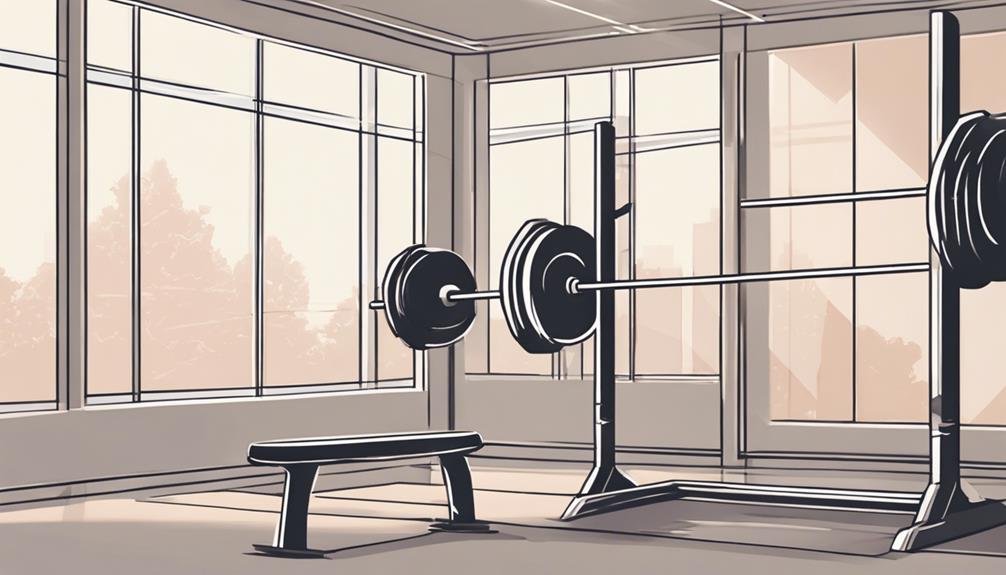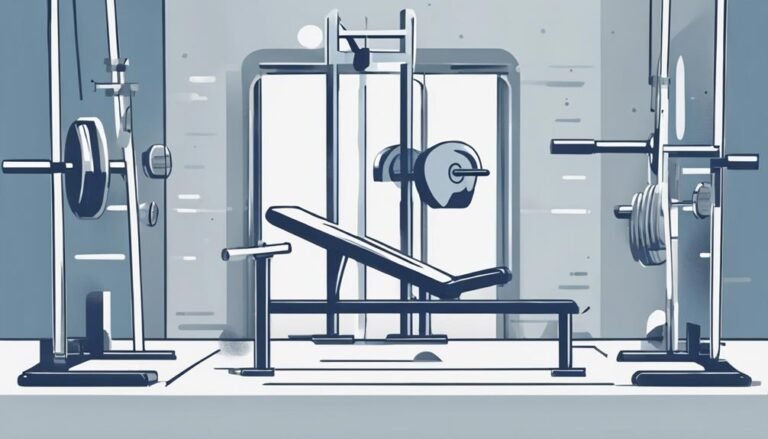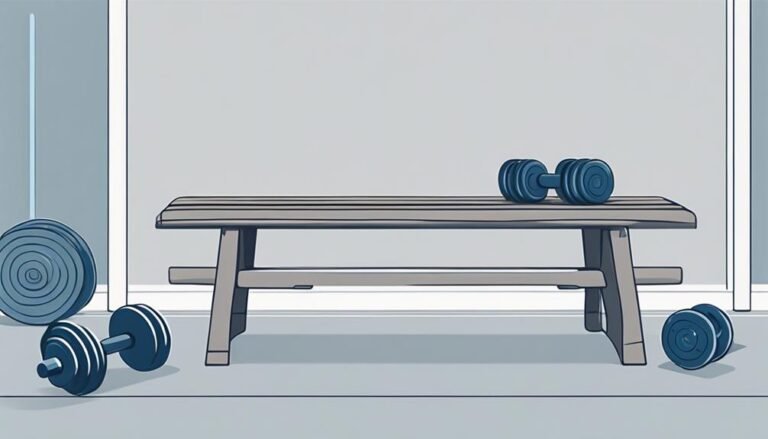3 Ways Strength Training Boosts Bone Density After 40
Strength training boosts bone density after 40 in three key ways. First, it enhances bone strength by stimulating osteoblasts, which help build stronger bones, reducing your risk of fractures. Second, regular workouts boost hormone levels like testosterone and growth hormone, essential for bone formation and overall health. Finally, strength training improves your balance and coordination, lowering the chances of falls that can lead to injuries. By incorporating a variety of exercises, you not only protect your bones but also improve your overall well-being. There's plenty more to discover about how strength training can benefit you.
Key Takeaways
- Strength training increases bone density by stimulating osteoblasts, which build stronger bones, crucial for combating age-related bone loss after 40.
- Weight lifting enhances hormonal balance by boosting testosterone and growth hormone levels, promoting bone formation and reducing resorption.
- Regular strength exercises improve balance and coordination, decreasing the risk of falls and related fractures in older adults.
- Multi-joint movements like squats and deadlifts strengthen various muscle groups, promoting overall skeletal strength and stability.
Enhances Bone Strength
Engaging in strength training considerably enhances your bone strength, helping to combat age-related bone loss.
When you lift weights or perform resistance exercises, your bones react by becoming denser and stronger. This process occurs as the stress from the weights stimulates bone-forming cells, known as osteoblasts, to increase mineral density.
You'll not only improve your bone health but also reduce the risk of fractures and osteoporosis.
Furthermore, incorporating a variety of exercises, such as squats, deadlifts, and push-ups, challenges different muscle groups and promotes overall skeletal strength.
As you consistently engage in strength training, you're actively protecting your bones, ensuring they remain robust as you age.
Make it a part of your routine, and invest in your long-term health.
Stimulates Hormonal Changes

Strength training triggers significant hormonal changes that benefit bone density and overall health.
When you engage in resistance exercises, your body releases hormones like testosterone and growth hormone. These hormones play an essential role in maintaining and improving bone density.
Increased testosterone levels help stimulate bone formation and reduce bone resorption, while growth hormone supports muscle mass and enhances recovery.
By incorporating regular strength training into your routine, you not only boost these hormone levels but also create a more favorable environment for bone health.
As you age, maintaining hormonal balance becomes even more crucial, and strength training is one of the most effective ways to achieve this.
Improves Balance and Coordination
Regular participation in strength training enhances your balance and coordination, essential factors in preventing falls and injuries as you age.
As you engage in exercises that target various muscle groups, you develop greater stability and control over your movements. This improved strength allows you to maintain proper posture and navigate different terrains with confidence.
Additionally, strength training challenges your body to adapt to new situations, further sharpening your coordination.
Activities like squats, lunges, and deadlifts require you to focus on your body's alignment and weight distribution, which translates to better balance.
Questions
How Often Should I Strength Train for Optimal Bone Density?
You should strength train at least two to three times a week for ideal results. Focus on progressive overload, targeting major muscle groups, and make certain you incorporate rest days to allow for recovery and growth.
What Types of Strength Training Exercises Are Best for Bones?
"Variety's the spice of life." For strong bones, focus on weightlifting, resistance bands, and bodyweight exercises. Squats, deadlifts, and push-ups are excellent choices. Incorporate balance and flexibility training to enhance overall strength and stability.
Can Strength Training Prevent Osteoporosis After 40?
Yes, strength training can help prevent osteoporosis after 40. By regularly engaging in resistance exercises, you're stimulating your bones to become denser and stronger, reducing the risk of fractures and promoting overall bone health.
Are There Any Risks Associated With Strength Training for Older Adults?
Isn't it worth considering the risks of strength training? While generally safe, older adults can face injuries, especially with improper form or overexertion. Always consult a professional and listen to your body to minimize risks effectively.
How Long Does It Take to See Improvements in Bone Density?
You'll typically notice improvements in bone density within three to six months of consistent strength training. However, individual results can vary based on factors like age, genetics, and workout intensity. Stay committed for the best outcomes.
Conclusion
Incorporating strength training into your routine after 40 isn't just beneficial; it's a delightful way to nurture your bones.
By enhancing bone strength, encouraging those feel-good hormones, and fine-tuning your balance, you're setting yourself up for a vibrant and active lifestyle.
So, embrace these uplifting workouts, and watch as they transform not just your body but your confidence.
After all, a little effort today can lead to a wonderfully sturdy tomorrow!







